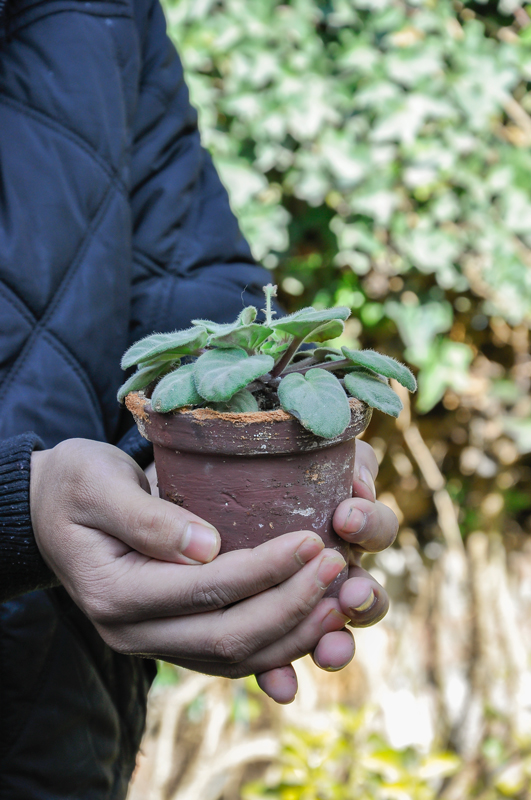Every New Gardener’s Query
Let your garden spring to life with these basic but important nick knacks.

 Imagine yourself relaxing in a beautiful garden filled with blooming flowers. Everyone would love it. And some may jump into gardening to fulfil that wish without giving a second thought. What most people do not see is the effort that goes behind any beautiful garden. Is your garden in a sorry state and you continuously ask yourself where you went wrong? If that is the case, you may want to use the following tips to get your garden springing back to life.
Imagine yourself relaxing in a beautiful garden filled with blooming flowers. Everyone would love it. And some may jump into gardening to fulfil that wish without giving a second thought. What most people do not see is the effort that goes behind any beautiful garden. Is your garden in a sorry state and you continuously ask yourself where you went wrong? If that is the case, you may want to use the following tips to get your garden springing back to life.
Tip 1: The soil you choose must have compost and minerals i.e. food for the plants.
Tip 2: Pick out seasonals or annuals for bedding because they are easy to look after.
Tip 3: Beginners can pick out indoor plants like bamboo palm, and parlor palm. They are harder to kill and require low maintenance.
Tip 4: Water your plants once a day at the very least, preferably early in the day.
Tip 5: Your basic must have tools are trowels, secateurs (garden scissors) and a watering can.
Tip 6: Using hose and jugs as watering tools, which leads to soil displacement, could stress the soil in smaller plants. It exposes the roots to damage, so use water can instead.
Tip 7: Water used after washing your vegetables can be collected and used for watering plants. But with the chemicals washed off from the vegetables could misbalance the alkaline level in the soil. So watch out for these effects in case you want to reuse household water.
Tip 8: Enquire about the things you need to do to take care of the plants when you purchase them -- soil fertility, placement, their watering needs, their blooming and their dormant seasons etc.
Tip 9: Using household containers is not wrong but use them with correctly. For example, if you are using styrofoam as planters make sure the depth of the styrofoam is proportional to the height of the plant; the taller the plant, the longer the roots.
Tip 10: Create your own compost by decaying household decomposable waste in a bin or pit. Aditya, from “I am the Gardener,” stresses that you need to make sure the food has decayed before you use it as manure, because the tea leaves or egg shells you think give nutrients actually attract insects that cause more harm than good.
Let’s dig a little deeper into the basics of owning a picture perfect garden. There are three major things to be taken into account - watering, fertilization, and placement.
- Watering: Where most people go wrong is the most basic thing - watering the plants. You need to know that plants have different watering needs. Ask the people from the nursery about the particular plant's water needs and act accordingly. Some plants like cactus can survive even if you don't water them for a day or two. Others may need to be watered daily. Aditya suggests you should get this info when you purchase the plants.
- Fertilization: The soil you choose may or may not have the right amount of nutrients your plants need. So pick your choice from those given here:
- Haddi pina: It is the most commonly found fertilizer. It is soil with a form of compost already mixed in it.
- Slow release fertilizers (Geda Maal): Slow release fertilizers such as NPK, Triple 8 are rich in nitrogen phosphorous and potassium. Their application is quite simple. You need to dig a hole beside the plant, not directly on the root though, and place them in the soil. They will slowly dissolve as you keep on watering the plant.
- Liquid fertilizers: These high-end fertilizers can be directly mixed with water, and sprinkled on your plants.
- Placement: Placement is another factor that protects or kills your plants. Plants have their own moisture requirements that need to be met. Some plants require direct sunlight while others only need ambient light which can come from tube light, CFL or the daylight. Ask the plants’ light requirements when purchasing them.
The next thing to keep in mind is the “Where.” The planters you choose need to be at least 4 or 5 inches deep. The plants will need deeper planters as they grow taller. The pots can be made of terra-cotta, clay pots or plastic pots. Terra-cotta's porous nature allows the roots to obtain air from the walls of the pot unlike in the plastic ones, which lets the air get in only from the top. Another thing people opting for a terra-cotta pot need to remember is that its base has a hole which needs to be covered with pebbles before they layer it with soil, so that the soil doesn't escape via the hole when it loosens.
|
Is your garden in a sorry state and you continuously ask yourself where you went wrong? |


